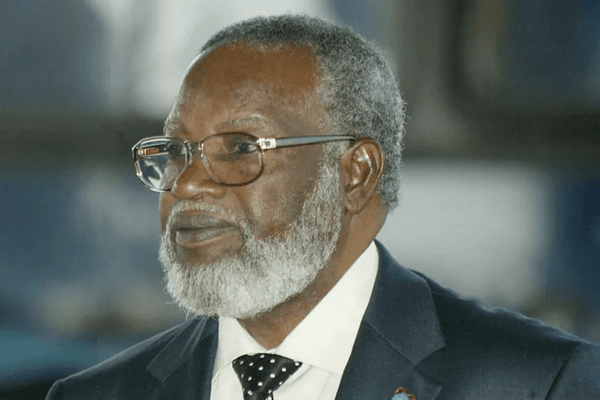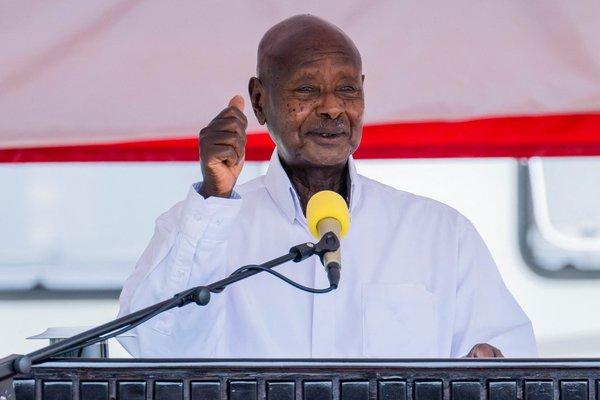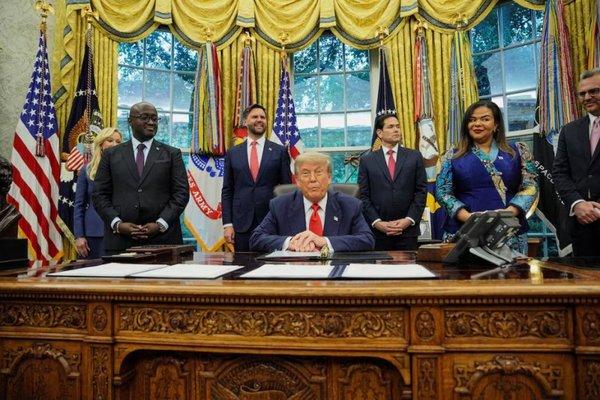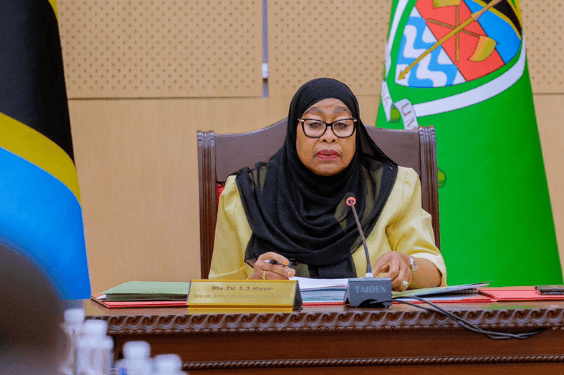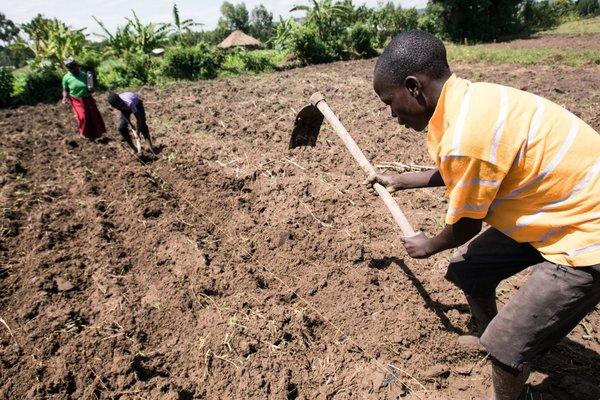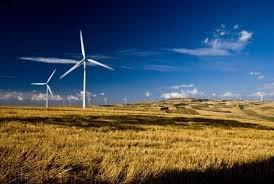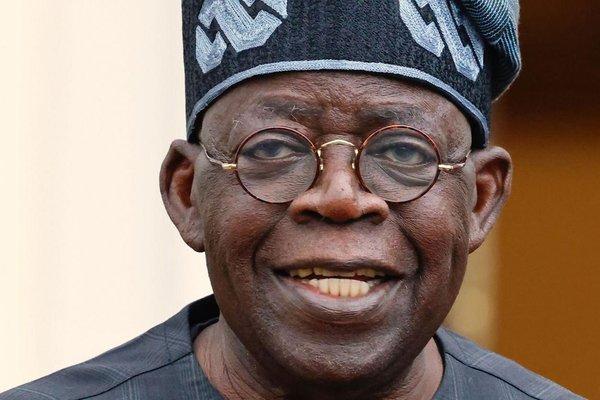South Sudan
South Sudan, the world’s youngest nation, is a country rich in cultural diversity and natural resources. Since gaining independence in 2011, it has been on a journey of rebuilding and development, blending traditional heritage with modern aspirations. With vibrant communities, abundant landscapes, and a growing economy, South Sudan offers unique stories and perspectives that reflect its resilience and hope for the future.

Northeastern Africa

610,000 sq km

EAT, UTC+3

13 million (2024)

Juba Arabic, English

Islam, Christianity

South Sudanese pound (SSP)

President Salva Kiir Mayardit
Brief
South Sudan is a landlocked country in northeastern Africa that gained independence from Sudan in 2011, becoming the world’s youngest nation. The area has long been home to diverse ethnic groups, including the Dinka, Nuer, and Shilluk, each with rich cultural traditions rooted in pastoralism and agriculture. Historically part of the ancient Nubian kingdoms and later influenced by Islamic and Christian civilizations, the region experienced prolonged conflicts that shaped its modern identity. South Sudan’s journey to independence was marked by decades of civil war and peace negotiations.
Today, South Sudan is a republic striving to build a stable government and develop its abundant natural resources, including oil and fertile lands. Its capital, Juba, located along the White Nile, is a growing urban center serving as the political and economic heart of the country. Though challenged by ongoing conflicts and infrastructural gaps, South Sudan holds great potential for growth and regional integration. Its landscapes range from vast floodplains and wetlands to savannas, providing a rich environment for agriculture and wildlife. The people’s resilience and cultural diversity define South Sudan as a nation with hope for a peaceful and prosperous future.
Photos




National Anthem
Cultural Life
Cultural milieu
South Sudan, the world’s youngest nation, is a landlocked country in northeastern Africa. It gained independence from Sudan in 2011, following decades of conflict marked by civil wars and struggles for autonomy. The region is home to numerous indigenous groups, with the Dinka, Nuer, Shilluk, and many others forming a rich mosaic of ethnic identities. Despite its diversity, South Sudan has faced persistent challenges in uniting its people under a stable government.
The country is largely composed of vast plains, swamps, and tropical forests, with the White Nile River flowing through its heart. Juba, located on the banks of the White Nile, serves as both the capital and largest city. South Sudan’s economy is primarily dependent on oil, although agriculture remains a critical livelihood for many. While the country continues to face hurdles such as conflict, food insecurity, and displacement, it is also a place of resilience, cultural vibrancy, and hopes for peace and development in the future.
Daily life and social customs
Social life in South Sudan is deeply rooted in family, community, and cultural traditions. Gatherings often revolve around extended family, with communal meals and celebrations playing an important role in daily life. In towns and cities, tea shops and roadside cafés serve as common meeting places, where people—mostly men—gather to share news, discuss politics, or watch football (soccer), which is a widely loved sport across the country.
Although urban areas like Juba are growing, entertainment options remain modest, typically focused on markets, small restaurants, and community events. Traditional music, dance, and storytelling are central to social gatherings, especially during festivals and ceremonies. On weekends, families may gather near the Nile River or other local spots to relax, share food, and enjoy recreational activities, maintaining the strong sense of community that defines South Sudanese society.





Cuisine
South Sudanese cuisine reflects the country’s rich cultural diversity and traditional agricultural lifestyle. Staple foods include grains such as sorghum and maize, which are often prepared as thick porridges like asida or kisra (a type of flatbread). Meat dishes feature prominently, with beef, goat, chicken, and fish commonly consumed, especially near the Nile River where fish is abundant. Vegetables such as okra, leafy greens, and pumpkins are widely used, along with legumes like lentils and beans.
Meals often include stews and soups, typically flavored with peanut paste or local spices. One of the most popular dishes is wal wal (stewed meat with vegetables), served alongside porridge or rice. Dairy products, especially fresh milk and yogurt, are also part of the diet among pastoralist communities. Tea, often strong and sweet, is a favorite beverage and a key part of social gatherings. While alcohol is brewed locally in some areas, its consumption varies by community and religious beliefs. South Sudan’s food remains deeply tied to tradition, emphasizing sharing and community.




Music
South Sudanese music is deeply rooted in the country’s diverse ethnic traditions, with strong influences from neighboring African cultures. Traditional instruments include drums of various sizes, thumb pianos, horns, and stringed instruments such as the rababa (a type of lyre) and locally made fiddles. Percussion plays a central role in many musical styles, often accompanying dancing and storytelling during social and ceremonial events.
Among the most well-known traditional styles are the songs and dances of the Dinka and Nuer peoples, which celebrate community life, cattle, and rites of passage. Contemporary artists in South Sudan are blending traditional sounds with modern genres such as Afrobeat, hip-hop, and reggae. Popular musicians such as Emmanuel Jal, a former child soldier turned peace advocate, have gained international recognition for their powerful messages of hope and unity. In cities, younger audiences are also embracing urban music styles that combine South Sudanese rhythms with global influences.
Art
South Sudanese literature is steadily growing, shaped by the country’s complex history and rich oral traditions. Storytelling, poetry, and folklore have long been central to South Sudanese culture, with oral narratives passed down through generations to preserve history, values, and identity. In recent years, written literature—often focusing on themes of conflict, displacement, and hope—has begun to flourish, inspired by both African and Western literary forms.
English, the official language of South Sudan, is commonly used in publishing, along with Arabic in some communities. Notable South Sudanese writers include Taban Lo Liyong, one of East Africa’s pioneering literary figures, and Nyokabi Kahura, who explores themes of migration and resilience. Many South Sudanese authors, both in the country and abroad, use their works to address issues such as civil war, peace, and rebuilding. Poetry, novels, and memoirs continue to emerge, amplifying the voices of a nation still defining its literary identity.





people
Ethnic groups
South Sudan is home to a wide range of ethnic groups, with the largest being the Dinka and Nuer, alongside many others such as the Shilluk, Bari, Zande, and Azande. Most of the population belongs to Nilotic groups, who traditionally practice cattle herding, farming, and fishing. Many communities continue to preserve their languages, customs, and traditional ways of life, particularly in rural areas.
The country’s population also includes smaller groups with historic ties to neighboring countries, and South Sudan’s long history of migration and displacement has created a diverse social landscape. Years of conflict have led to significant movement within the country and across borders, with many South Sudanese living as refugees abroad. Religion in South Sudan is primarily Christian, along with traditional African belief systems, and small Muslim communities, particularly in urban centers and areas near the northern border.





Religion
South Sudan is a religiously diverse country, though Christianity is the dominant faith, practiced by the vast majority of the population. Most South Sudanese Christians belong to various denominations, including Catholicism, Anglicanism, and Evangelical churches, many of which played key roles in education and healthcare during the country’s struggles for independence. Traditional African religions, which focus on ancestral spirits, nature, and community rituals, also remain deeply rooted, especially in rural areas.
Islam is practiced by a smaller segment of the population, mostly in areas near the northern border and in some urban centers. While South Sudan’s transitional constitution provides for freedom of religion, faith is often closely tied to ethnic and cultural identity. Religious leaders, particularly from Christian churches, have been influential in peacebuilding and reconciliation efforts during times of conflict. Religious festivals, such as Christmas and Easter, are widely celebrated across the country.


Settlement patterns
Rural Settlements (Scattered Villages)
Most of South Sudan’s population lives in scattered rural villages. These are usually small, spread-out clusters of huts (often made from mud and thatch) near farming areas or grazing lands. People settle near rivers or water sources for farming, fishing, and livestock rearing.
Example:
Villages in Jonglei State or Lakes State where communities practice subsistence farming and cattle keeping, living in round huts spaced apart across large areas.

Nomadic or Semi-Nomadic Settlements (Seasonal Migration)
Among pastoralist communities such as the Dinka and Nuer, settlements are seasonal and temporary. People move with their livestock between wet and dry seasons, setting up temporary shelters called cattle camps.
Example:
Dinka cattle camps in Unity State and parts of Northern Bahr el Ghazal, where people migrate in search of water and pasture.

Urban Settlements (Concentrated Settlements)
Urban settlements are dense and permanent, often growing rapidly due to migration, trade, and administrative activities. These areas are characterized by more formal housing, markets, and infrastructure.
Example:
Areas near Juba and other state capitals, where people settle in high numbers seeking jobs, education, and services.

Demographic trends
South Sudan’s population is growing at a high rate, consistent with trends seen across many parts of sub-Saharan Africa. The country has a relatively young population, with a large proportion under the age of 15, reflecting high birth rates and a low median age. Most of the population is concentrated along the Nile River and in more fertile areas where agriculture and livestock farming are possible, while other regions remain sparsely populated.
Years of conflict and instability have led to significant internal displacement and migration to neighboring countries. Millions of South Sudanese have sought refuge in countries such as Uganda, Kenya, and Ethiopia, while others have resettled abroad. Despite these migration patterns, population growth remains strong within the country. As peace efforts continue, the return of refugees and internally displaced people is expected to further shape South Sudan’s demographic landscape.

Touristic Cities
Juba
Juba is the capital city and the largest urban center of South Sudan. Located along the White Nile River, it serves as the political, economic, and administrative heart of the country. The city has seen rapid population growth due to internal migration, government offices, foreign embassies, and business activities. It’s known for its bustling markets, government buildings, and growing infrastructure.
Wau
Wau is the second-largest city in South Sudan, located in the northwest part of the country. It is an important trade and transportation hub, serving as a center for agricultural products like grains and livestock. Wau has a mix of ethnic communities and is known for its cultural diversity and colonial-era architecture.
Malakal
Malakal is a key city in the Upper Nile State, positioned along the banks of the White Nile River. Historically, it served as a trade and river transport hub. Although heavily affected by conflict and displacement, Malakal remains an important center for oil-related activities and humanitarian operations.
Accommodations
Guest houses
South Sudanese hospitality is warm and community-centered, with visitors welcomed into homes and gatherings. Traditional storytelling, music, and shared meals are common expressions of generosity. Cities like Juba offer a mix of modern life and cultural heritage, where welcoming strangers is a cherished value.




Hotels and resorts
Hotels have grown in South Sudan’s main cities, with new local and international options emerging. Juba now hosts several modern hotels catering to business travelers and visitors. While still developing, the hospitality sector reflects the country’s growing role as a regional hub. Quality accommodations continue to improve alongside ongoing development.




Campings
For those seeking calm away from city life, South Sudan offers peaceful camping experiences. From riverbank sites along the Nile to quiet spots in natural reserves, visitors can enjoy nature and wildlife. These campsites provide a chance to connect with the country’s wild landscapes at a relaxed pace. South Sudan’s outdoor retreats are perfect for adventure and tranquility alike

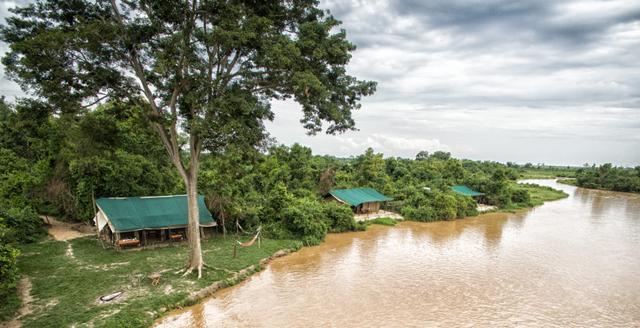


Requirements for Visa
Documents to be submitted for your application
- Completed visa application form
- Two recent passport-sized photos on a white background (4 x 3 cm)
- Proof of residence such as an identity card or residence permit
- Valid passport with at least six months’ validity beyond your intended stay
- Photocopy of the passport’s identity and validity pages
- Bank statement showing financial means
- For family visits, a legalized invitation letter including medical and repatriation guarantees
- Alternatively, a request from an authorized travel agency or a recommendation from the Ministry of Tourism or relevant South Sudanese authority.
At the time of visa issuance, please provide the following documents
- A return ticket with confirmed reservation
- Valid travel insurance
- Hotel booking confirmation or a voucher letter
- Payment of the applicable visa fees
Economy of South Sudan
Agriculture, forestry, and fishing
South Sudan is rich in natural resources, with vast expanses of fertile land suited for agriculture and livestock farming. The country’s tropical climate and extensive wetlands support the cultivation of staple crops such as sorghum, maize, millet, cassava, and groundnuts. Agriculture remains predominantly subsistence-based, with many communities relying on traditional farming methods and seasonal rainfall. Livestock farming, especially cattle herding, is central to the culture and economy, providing food, income, and social status.
Despite abundant natural potential, South Sudan faces challenges such as seasonal flooding, drought, and limited infrastructure, which affect consistent food production. Efforts are underway to improve irrigation systems, develop commercial farming, and increase self-sufficiency in food and dairy products. Additionally, fisheries along the Nile and other waterways offer opportunities for expanding the country’s food resources. With continued development, South Sudan aims to harness its agricultural capacity to support economic growth and food security.
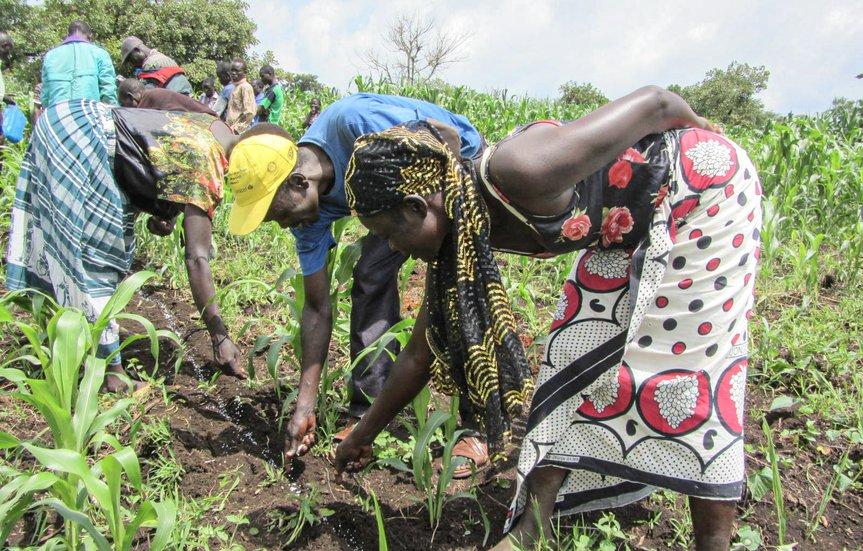
Resources and power
South Sudan is endowed with significant natural resources, including substantial oil reserves that form the backbone of its economy. Since independence, oil production has attracted foreign investment, although infrastructure challenges and conflict have affected consistent output. Besides oil, South Sudan has deposits of minerals such as gold, limestone, and iron ore, though these remain largely underdeveloped.
The country faces energy shortages, relying heavily on imported fuel and limited local generation capacity. Hydroelectric potential along the Nile River is considerable but remains mostly untapped due to infrastructure constraints. Efforts to develop renewable energy sources and improve electricity access are ongoing. Expanding resource extraction and energy production is crucial for South Sudan’s economic growth and development.

Manufacturing
Manufacturing in South Sudan is an emerging sector, currently accounting for a small but growing portion of the economy. Key areas include processing agricultural products such as sorghum, maize, and groundnuts for local consumption and limited export. Small-scale food processing, including milling and canning, supports both domestic markets and neighboring countries. Textile and leather goods production, often using traditional methods, also contributes to local livelihoods.
The industrial base remains underdeveloped, with many operations dating back to earlier periods before independence. The government is encouraging private investment and foreign partnerships to modernize manufacturing and expand capacity. Improving infrastructure and access to energy will be critical for the sector’s growth, which is seen as vital for creating jobs and diversifying the economy beyond oil dependence.
Finance
South Sudan’s central bank, the Bank of South Sudan, is the key institution in the country’s banking system. It issues the South Sudanese pound, manages foreign currency reserves, regulates the credit supply, and supervises commercial banks. The financial sector is still developing, with efforts underway to expand banking services and improve regulation. While South Sudan does not yet have a stock exchange, plans for establishing one are being discussed to support investment and economic growth.

Trade
South Sudan has made efforts to increase exports and reduce its trade deficit, though challenges remain due to infrastructure and political instability. The country’s main exports include crude oil, timber, and agricultural products like sorghum and sesame seeds. Imports largely consist of machinery, fuel, food staples, and manufactured goods. South Sudan’s primary trading partners include neighboring countries such as Uganda, Kenya, and Sudan. The government is working to diversify trade relations and explore regional trade agreements, aiming to reduce dependency on a few markets and boost economic growth through expanded access to East African and international markets.
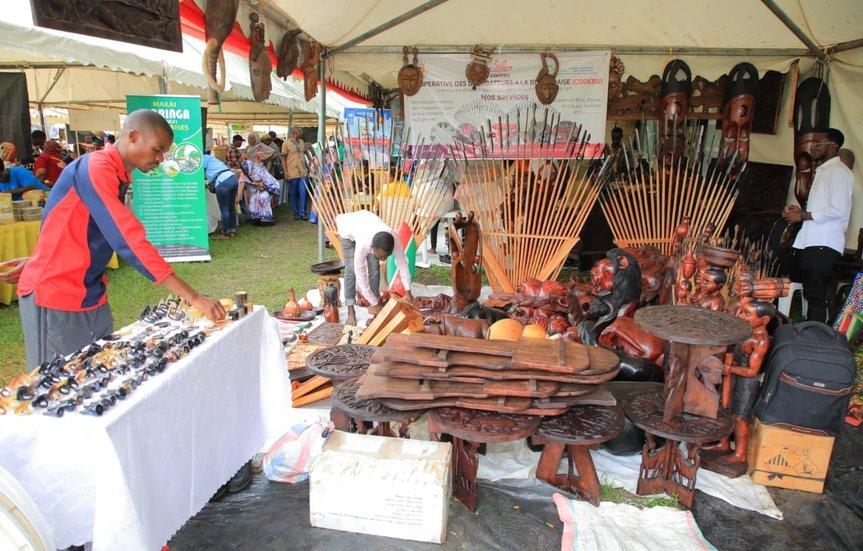
Labour and taxation
About one-third of South Sudan’s population is engaged in agriculture, while others work in mining, construction, and small-scale manufacturing. The remainder earn their living in trade, services, and government sectors. A large informal economy includes street vendors and underemployed workers. Unemployment is high, especially among youth and graduates. Labor unions exist but remain limited. Tax revenues form a key part of the national budget, with taxes levied on income, businesses, and goods.
